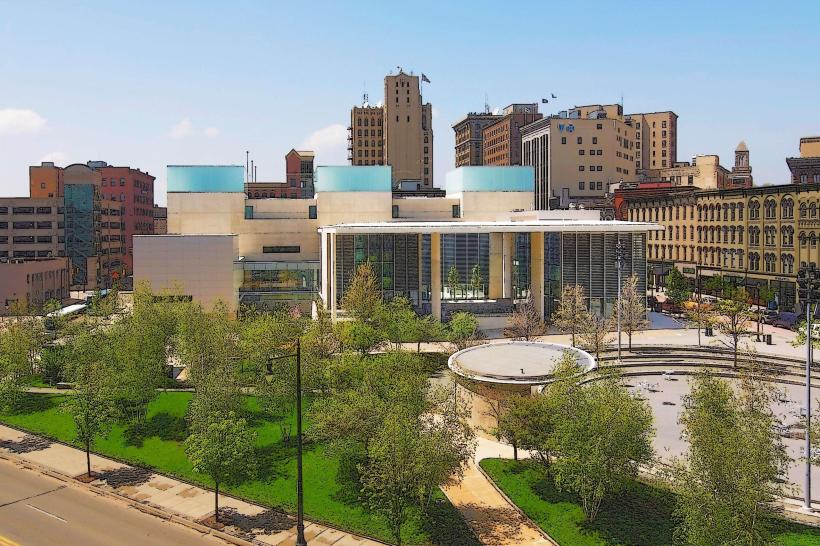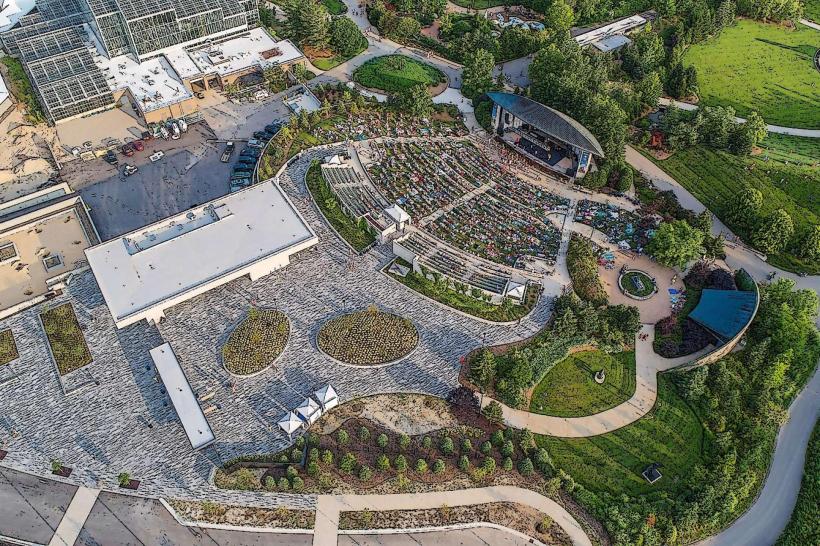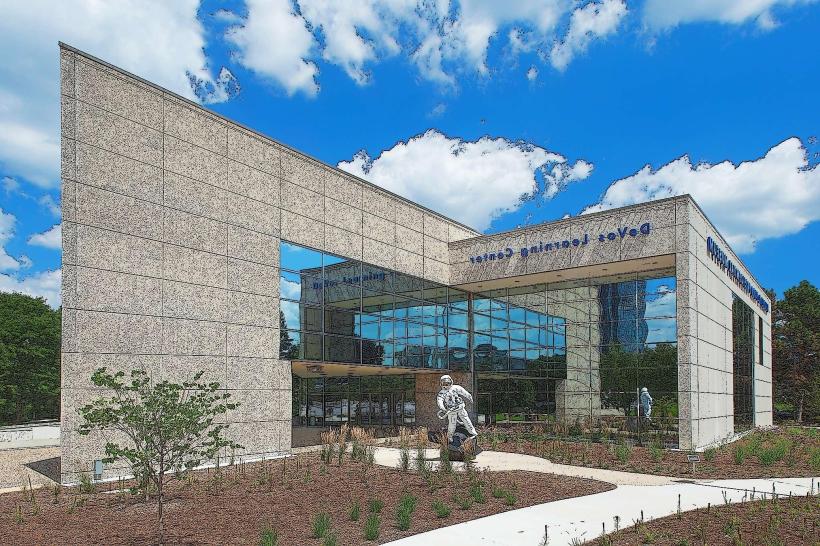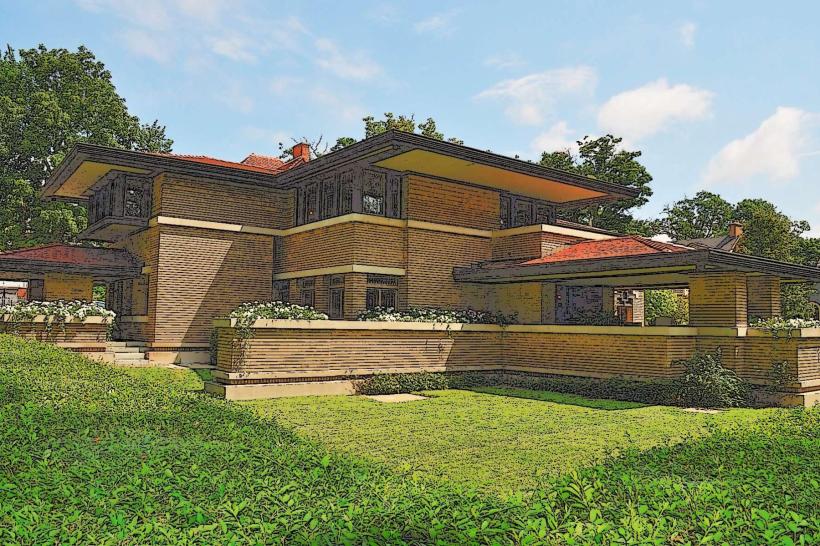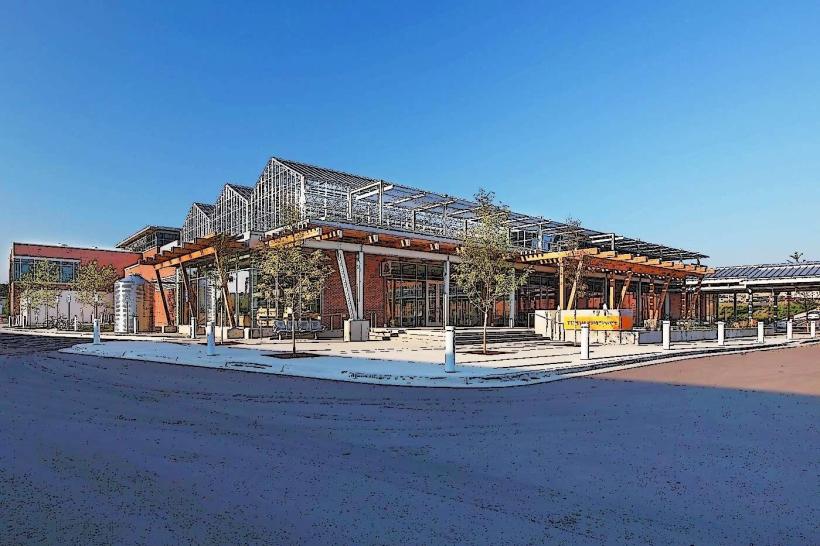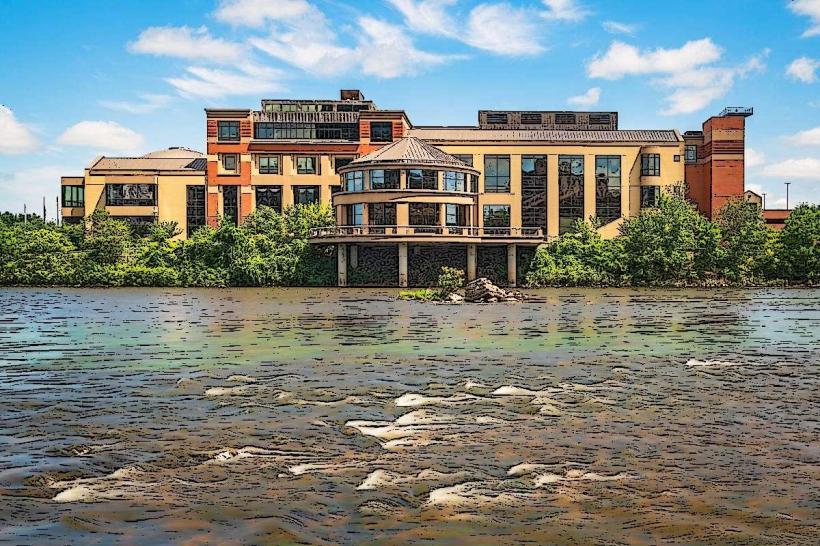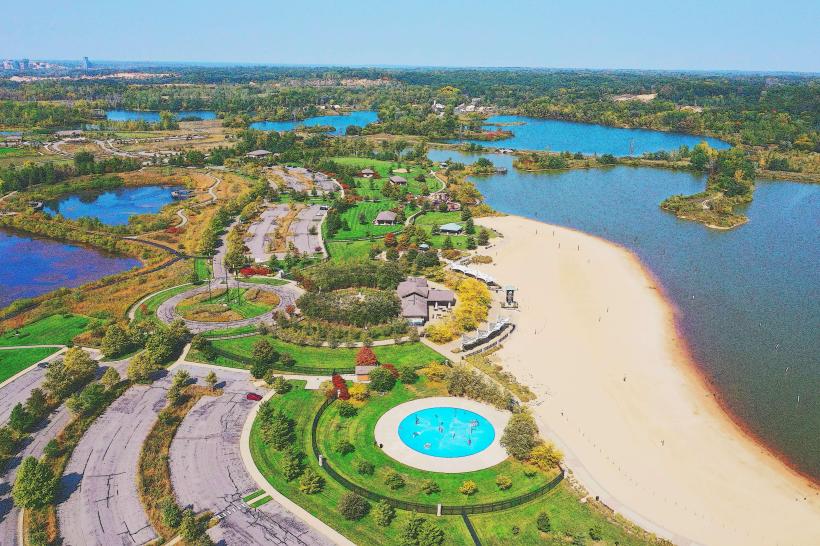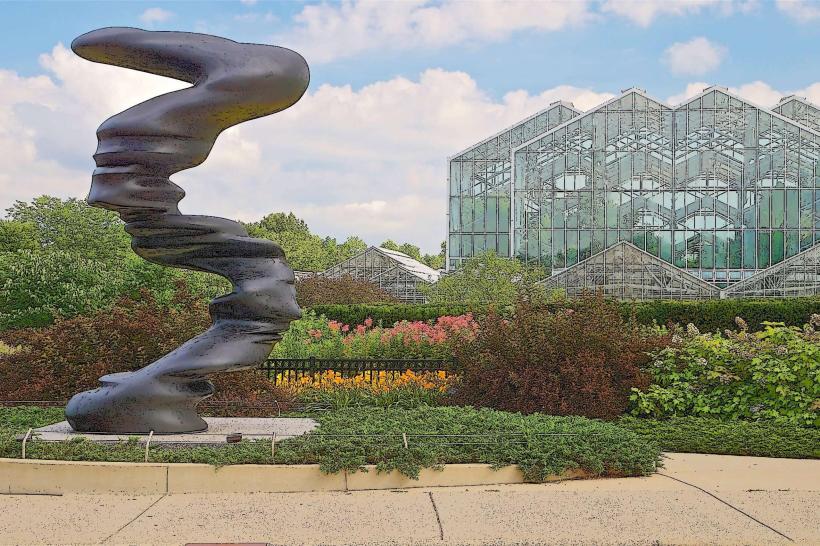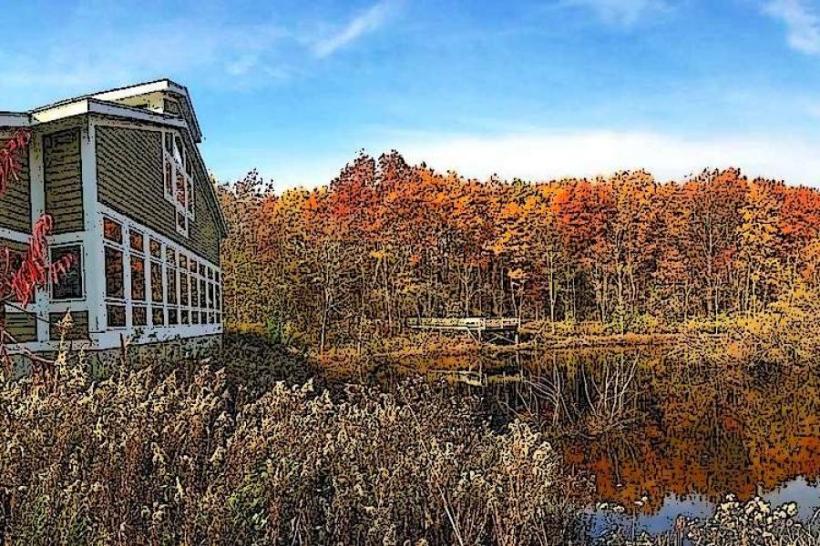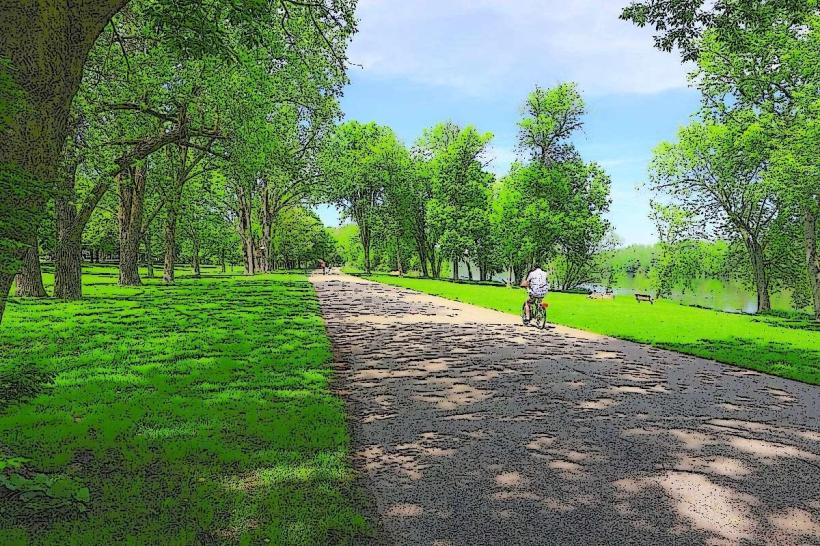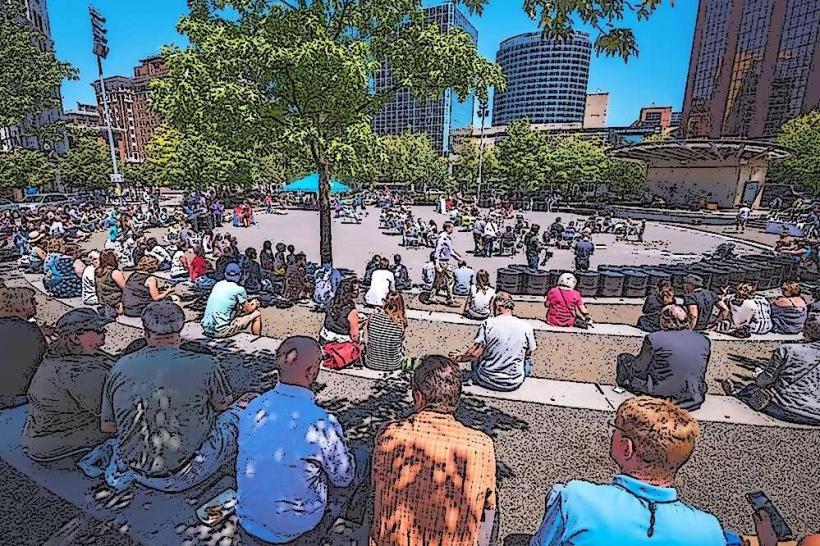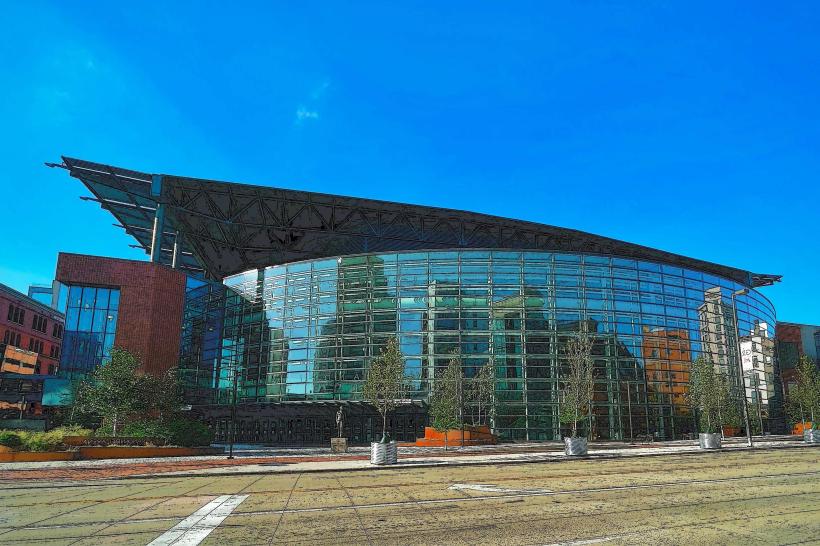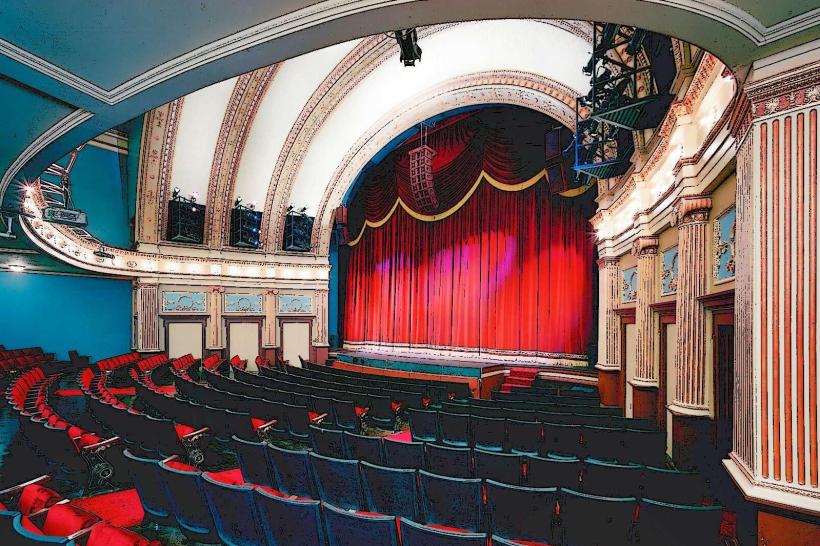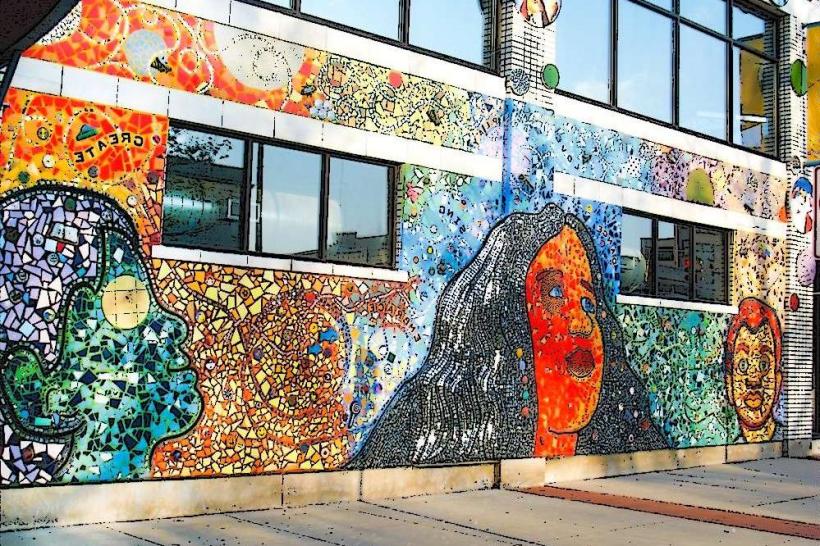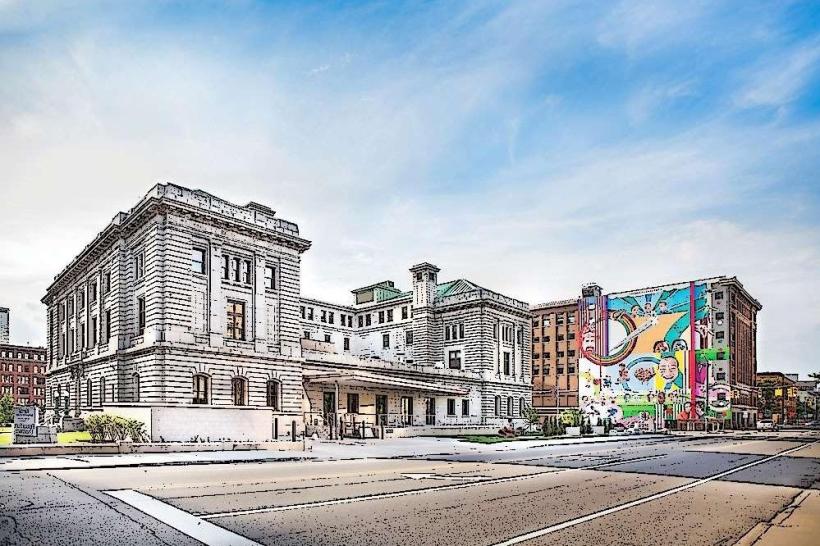Information
Landmark: Heritage Hill Historic DistrictCity: Grand Rapids
Country: USA Michigan
Continent: North America
Heritage Hill Historic District, Grand Rapids, USA Michigan, North America
Overview
In Grand Rapids, Michigan, the Heritage Hill Historic District ranks among the largest urban historic areas in the country, showcasing beautifully preserved homes that blend styles from Victorian turrets to sleek early 20th-century lines, alternatively spanning about 350 acres with more than 1,300 buildings, Heritage Hill tells the story of the city’s rise from the mid-1800s to the early 1900s, revealing changing tastes, shifting fortunes, and the rich cultural fabric of the region-brick sidewalks and ornate porches included.Heritage Hill took root in the 1830s, then quickly expanded as Grand Rapids transformed into a bustling center for furniture making and trade, with sawdust often drifting through the air from busy workshops, what’s more between 1840 and 1920-years of rapid growth and booming prosperity-the neighborhood drew the city’s affluent and middle-class families, becoming their favorite setting to settle, with shaded streets and grand porches lining the blocks.The district’s growth unfolded in stages, beginning with the early settlement between the 1830s and 1850s, when pioneers and ambitious traders put up simple wood-frame houses that creaked in the wind, in addition by the mid-1800s, Grand Rapids was thriving, and wealthy merchants, industrialists, and professionals began building larger, more elegant homes, many adorned with ornate trim and steep gables in the latest Victorian styles, kind of From the late 1800s into the early 1900s, the neighborhood grew with grand, detailed homes and fresh architectural flair-Queen Anne’s turrets, Colonial Revival symmetry, Tudor Revival stonework, and the clean lines of Prairie School design, to boot though the mid-20th century saw downturns as suburban sprawl pulled people away, steady preservation work since the 1970s has kept the neighborhood’s brick facades and ornate cornices intact.Heritage Hill stands out for its remarkable mix of architectural styles, tracing nearly a century of American home design-from the balanced façades and sturdy columns of Greek Revival in the 1830s to 1850s, complete with crisp pediments and details borrowed from ancient Greece, not only that italianate (1850s–1880s) style shows in its tall, narrow windows capped with graceful arches, broad eaves lined with carved brackets, and the occasional cupola or tower rising above the roofline.Second Empire (1860s–1880s) stands out with steep mansard roofs, dormer windows tucked into the slope, and ornate trim that catches the eye, after that queen Anne (1880s–1910s) style shows off uneven façades, richly textured walls, whimsical turrets, cozy bay windows, and carved wood trim that catches the afternoon light.Colonial Revival (1890s–1940s) favored balanced designs, with tall classical columns and front doors framed by intricate trim, on top of that tudor Revival, popular in the early 1900s, shows off steep roofs, dusky half-timber frames, and sturdy stone or brick walls, loosely Prairie School, popular in the early 1900s, showcased Frank Lloyd Wright and his peers’ work-low, sweeping lines, rooms that flowed into one another, and buildings that seemed to grow right out of the earth, subsequently many homes feature stained glass that catches the light in a rainbow shimmer, hand-carved woodwork, and period details that reveal the care and skill behind their creation.It appears, Heritage Hill still stands as a historic district thanks to years of determined neighbors who fought for its preservation, from saving aged brick façades to guarding leafy, tree‑lined streets, in turn founded in 1973, the Heritage Hill Association champions restoration, secures historic designations, and shares local history through lively community events, relatively In 1971, the district earned a spot on the National Register of Historic Places, a designation that brought both recognition and safeguards, like preserving its brick-lined streets, in addition preservation guidelines make sure any renovation or modern build keeps the neighborhood’s historic character intact, from its weathered brick facades to the narrow, tree-lined streets.Homeowners roll up their sleeves to restore their homes, often working with materials and techniques true to the era-like weathered oak beams or hand-cut stone, besides walking tours, community events, and hands-on programs draw residents and visitors into the district’s heritage, letting them hear its aged stories and feel the worn cobblestones underfoot.Heritage Hill is a living museum where you can step past brick facades and into the stories of Grand Rapids’ growth, catching glimpses of how its former residents lived and built their community, and the district also shines a light on how factories and crowded city streets have shaped where people choose to live.Shifts in architectural style mirror the economy and culture, from sleek glass towers to warm brick facades, after that how historic preservation shapes the character and spirit of a community, from its historic brick storefronts to the stories passed down through generations.You can explore on foot through guided walking tours, step inside house museums like the Meyer May House with its gleaming oak floors, and join seasonal events that invite you to experience history and culture up close, in conjunction with at Heritage Hill, visitors can wander on their own or join a guided stroll, stopping to admire stately homes, intricate woodwork, and storied landmarks.Not surprisingly, Historic house museums like the Meyer May House let you step inside Frank Lloyd Wright’s world, with sunlight spilling through his intricate glass designs, in conjunction with shady streets wind beneath towering classical oaks, their branches brushing against vintage street lamps and gardens trimmed in the style of another era, as if you’ve stepped straight into the past.You’ll find local shops, cozy cafes, and cultural spots that keep the neighborhood’s spirit alive, from the smell of fresh bread to the sound of live music drifting through the streets, in conjunction with the Heritage Hill Historic District showcases Grand Rapids’ rich architectural legacy and warm community spirit, from ornate Victorian porches to tree-lined streets that hum with history.With its neatly kept homes and tree-lined streets, the neighborhood reveals nearly a hundred years of American residential design and everyday city life, a cultural gem cherished by locals and history-loving visitors alike, after that by caring for it year after year, Heritage Hill sparks a love for the past and stays alive in the city’s present-its brick paths still warm in the afternoon sun.
Author: Tourist Landmarks
Date: 2025-10-04




